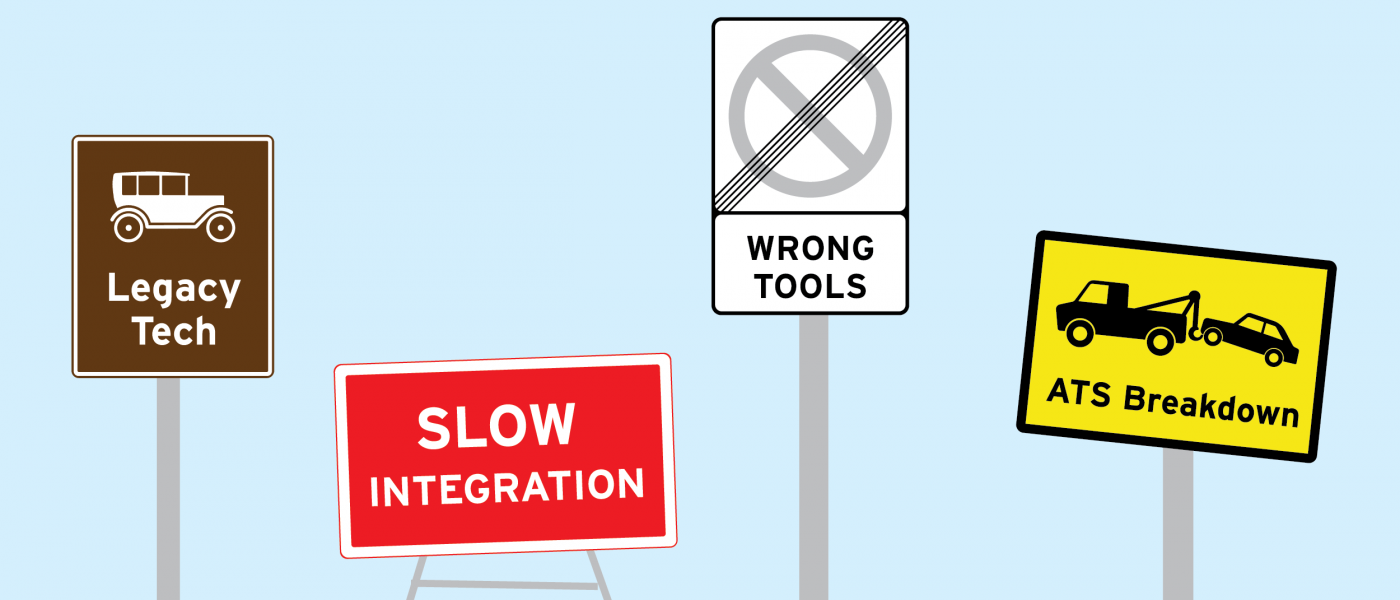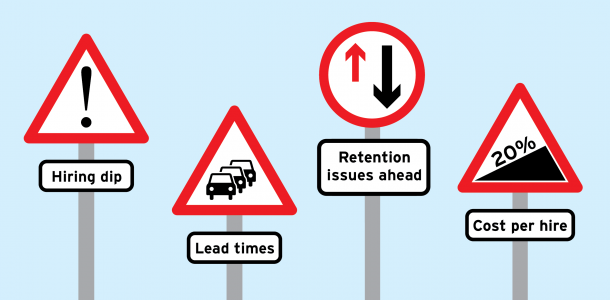OK, like those ads for the well-known insurance comparison site, I’m confused. And, just like…

Things can’t only get better?
Macro-level statistics and a wave of anecdotal evidence shows the recruitment market is moving into a tough spot in 2024, having been in retreat in many sectors throughout the latter part of 2023. I’ll have more to say about this in my next blog, but today I want to concentrate on Recruitment Technology.
I watched a webinar the other day. Two well-respected and highly experienced recruitment experts talking about rec-tech. And, to my surprise, one of them took the view that much of it is simply smoke and mirrors, designed to tap into a perceived zeitgeist that infests the minds of many recruiters and senior management alike. Indeed, this particular expert when further and suggested, probably correctly, that the reason company bosses are keen to invest in all this stuff is because their senior level recruiters, in turn desperate to show they are on top of their game and understand all this cutting-edge kit, tell them it’s the way ahead. In reality, it’s just another example of Parkinson’s Law in action…
This is not to say that all recruitment tech is rubbish or has no value – some of it is excellent. However, it does mirror what I’ve found in running the Recruitment MOT; specifically, there is a widespread acceptance of the need for recruitment technology that is not accompanied by a proper understanding of what it does or how best to benefit from its deployment. This stuff is sold on the basis that it will make your life easier and better, but, as I’ve found, that’s, at best, only partly true.
To make matters worse, none of this tech is cheap. This means that the wrong decision can not only set your processes and procedures back (or in the worst cases derail them entirely), but they can also make a sizeable hole in your recruitment budget/P&L.
What I’ve discovered in carrying out Recruitment MOTs is that many organisations do make use of rec-tech – an ATS usually – but the majority do not use it to its full extent and/or use it badly. Often, this is because they don’t actually know all the things it can do, so they are overpaying for what becomes, in effect, sub-optimal equipment which bears no comparison to the sales-pitch that promised it would solve all their problems. Naturally, no-one wants to admit to the boss that it didn’t quite work out like that…
The MOT will identify this mismatch (and much else besides), but the subsequent key action is to go and find out the full capability of any rec-tech you already have and then, if it’s going to improve your recruitment efficiency, make use of it. Shockingly simple, but not done often enough. The problem is that most companies don’t know what they don’t know, and invariably hard-pressed HR and recruitment teams don’t have the time to take stock. Easier to wait until the next rec-tech sales-team gets past the gate-keepers and sells you the improvement that will make all the difference. And so the process repeats itself…



